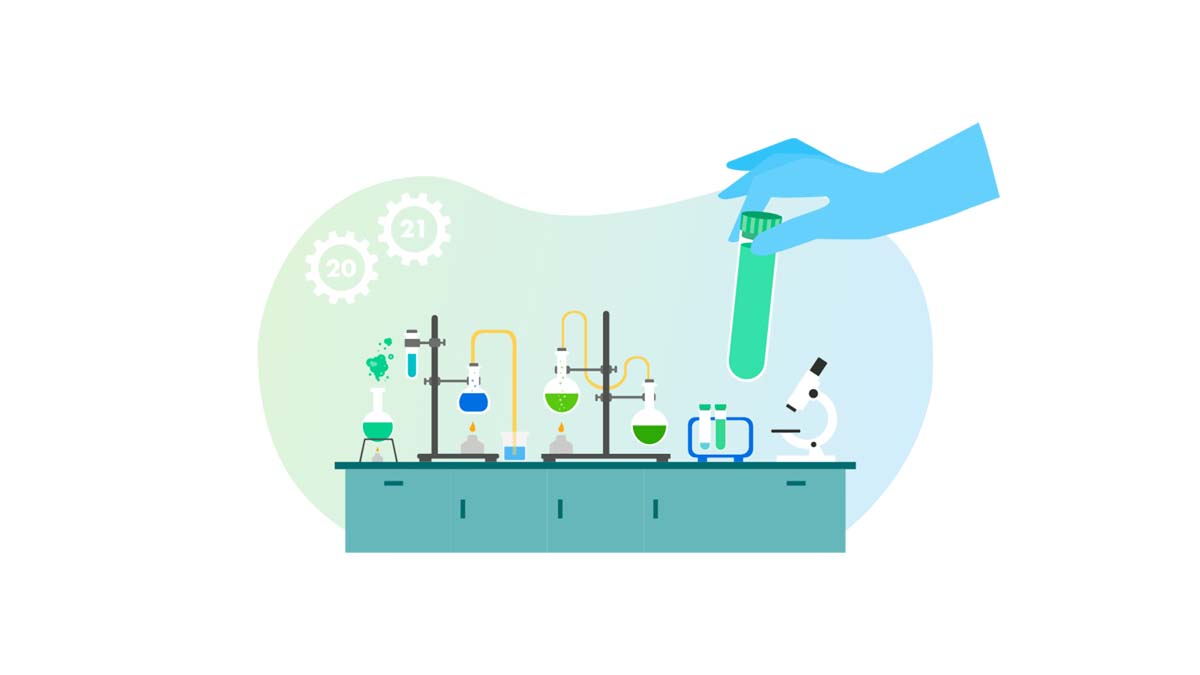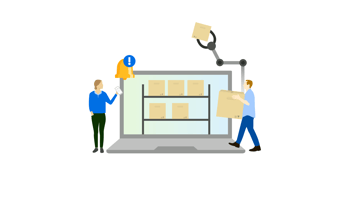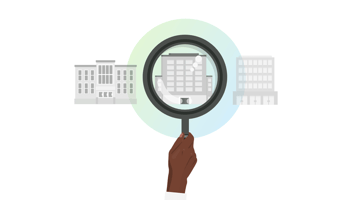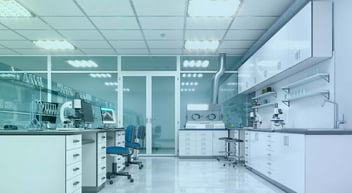As we head into the new year, many research teams, startups, and companies are moving into new lab spaces, expanding their existing space, or seeking to optimize their space to meet the anticipated growth in the new year. To support your lab design or redesign initiatives, we put together this list of 5 best practices.
Build in a deliberate separation between lab and non-lab areas. Provide a clear delineation between spaces dedicated to experimentation (where chemicals, supplies, etc. are definitely allowed) and personal desks, meeting rooms, and eating areas. You can hang a sign, draw a line, or have a wall or informal divider to make this incredibly clear at all times. It is crucial to preserve this separation for the safety of all team members.
Add closets. Hazardous materials or obstructing equipment need to generally be kept separate even from the experimentation area for the safety and productivity of team members. Oftentimes people keep these items in boxes or in the corners of rooms, but this creates room for accidents, whether spills or mistaken contact, and moreover, clutters the lab space, decreasing the efficiency of scientists. Adding more closets provides more space efficient and safety friendly storage space, especially as your scientific team grows.
Incorporate moveable furniture. It is hard to predict the growth and needs of your current and future scientists. Instead of locking yourself into particular lab space design, use as much movable furniture as possible, such as moveable work benches and desks.
Plan for corner cases. Even the most seemingly basic assumptions must be examined when designing your new lab space. For example, it may not be sufficient to install a one size fits all lighting system in your lab; some procedures and equipment may be light sensitive to varying degrees. Similarly, even if you do not currently have large equipment like ultracentrifuges, you may add these to your lab space should it be a potential common need for your scientists. Reserving space for large equipment is a great practice.
Involve all stakeholders. Although you may and should have point people leading the lab redesign, make sure to get the perspectives, feedback, and buy-in of all those who will be regularly using the space. Some of the assumptions you make about their workflow and usage may not be entirely sound, and it is crucial to be aligned with them in advance, especially given the time and monetary investment that goes into lab redesigns.
‧ ‧ ‧
If you are moving lab spaces, try Zageno’s new lab setup service, which will handle every part of the process from location scouting to lab design to move in.




